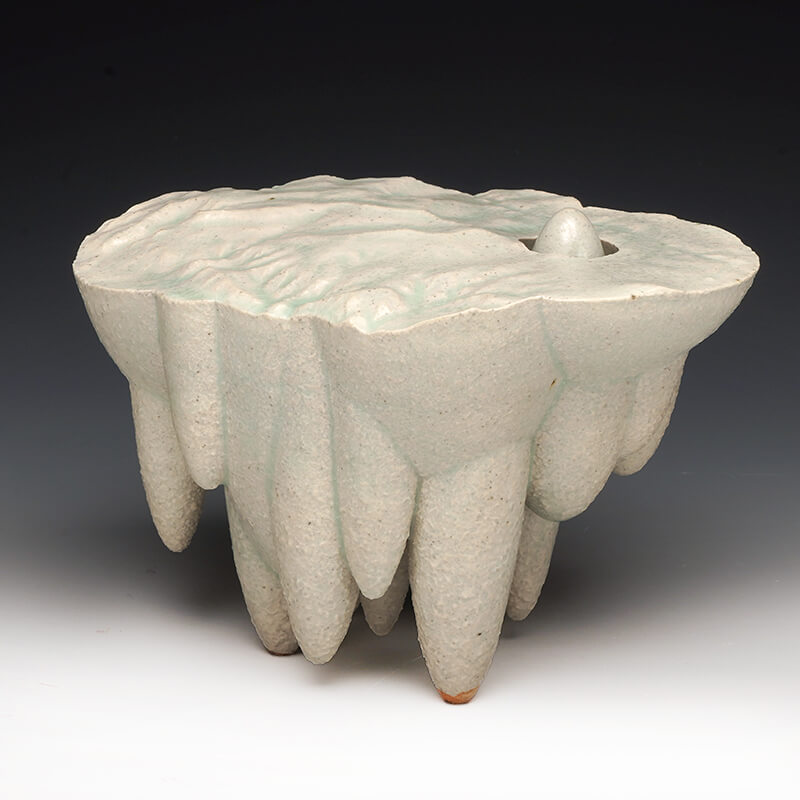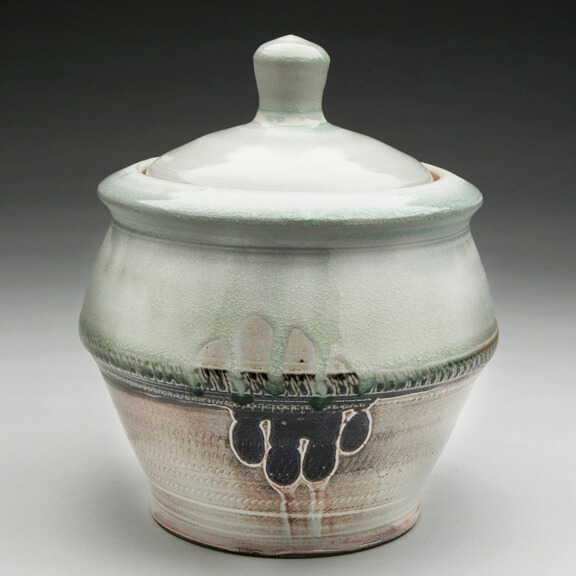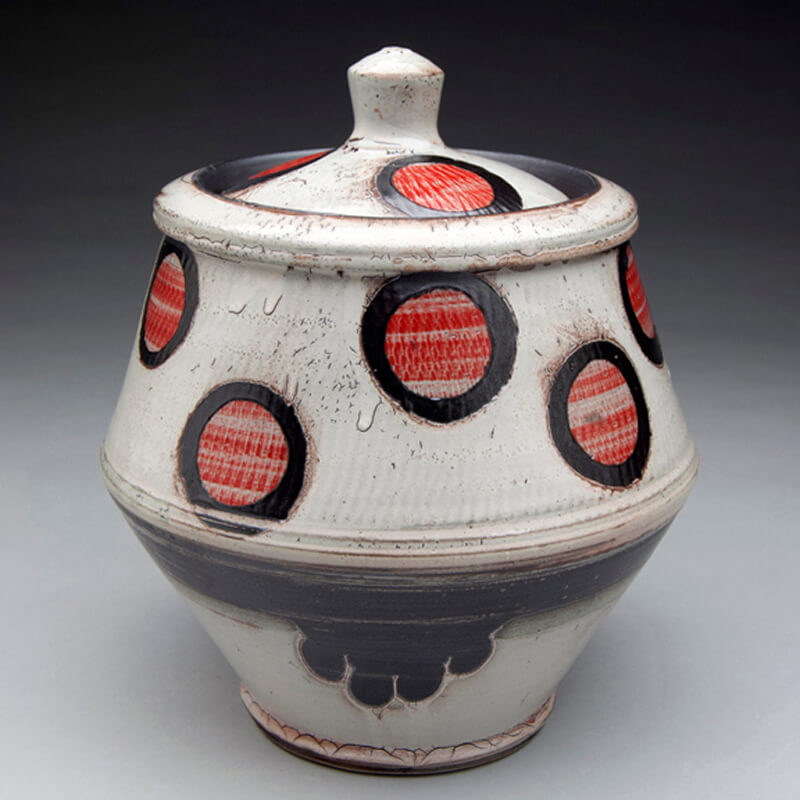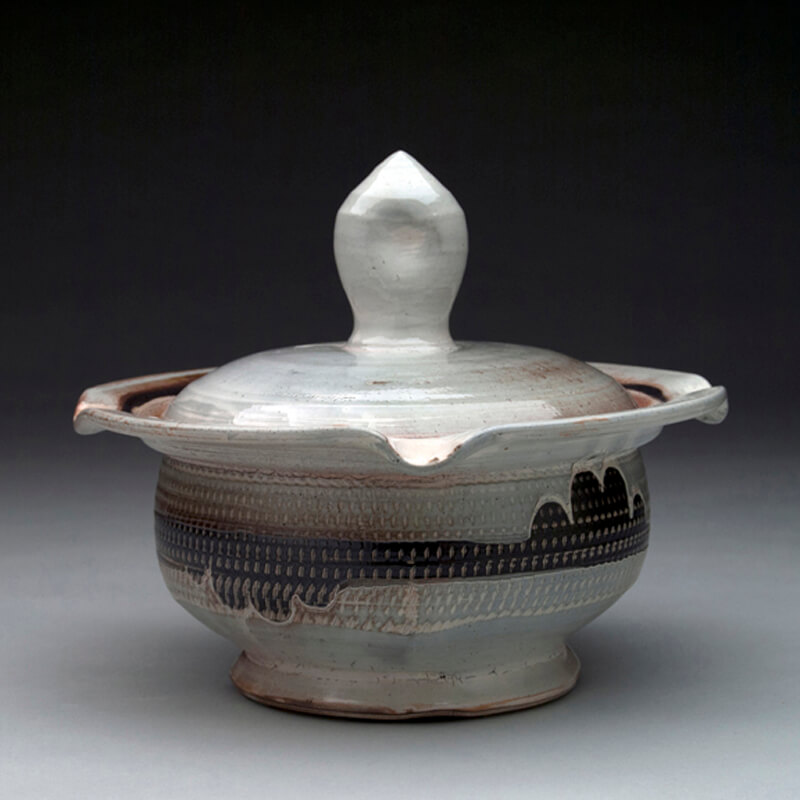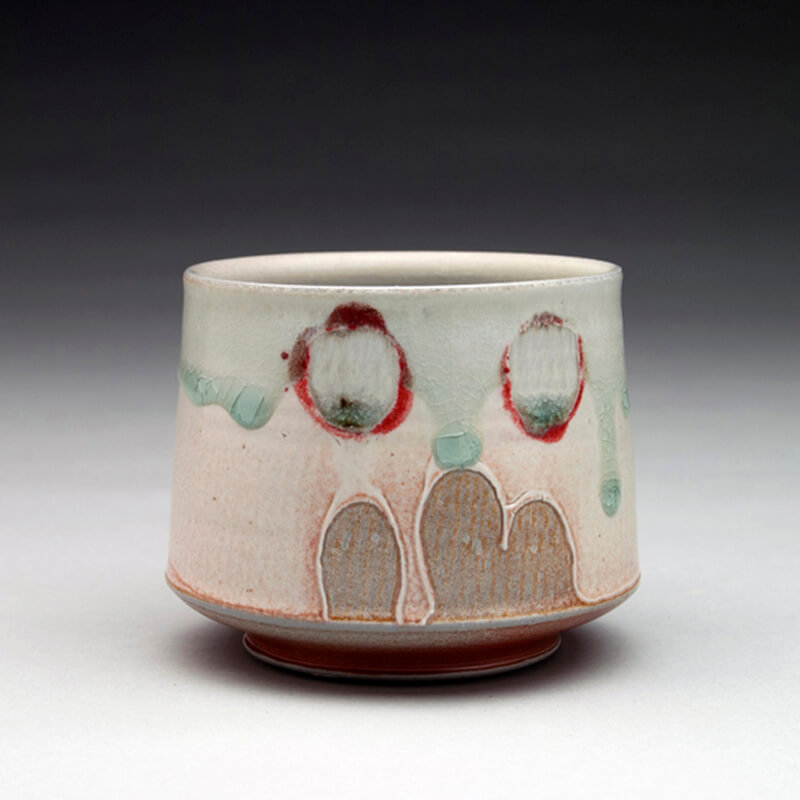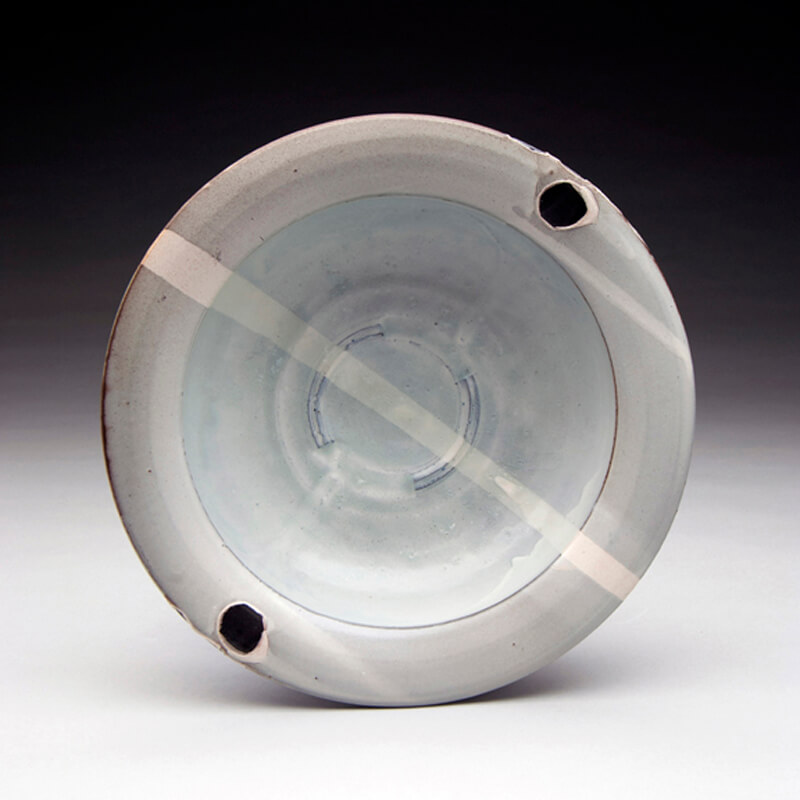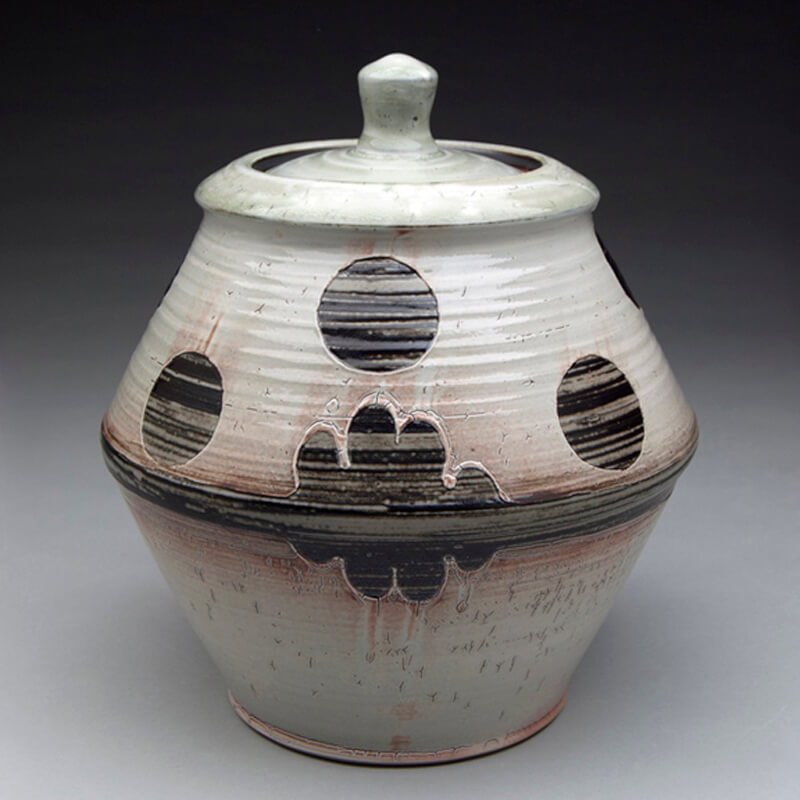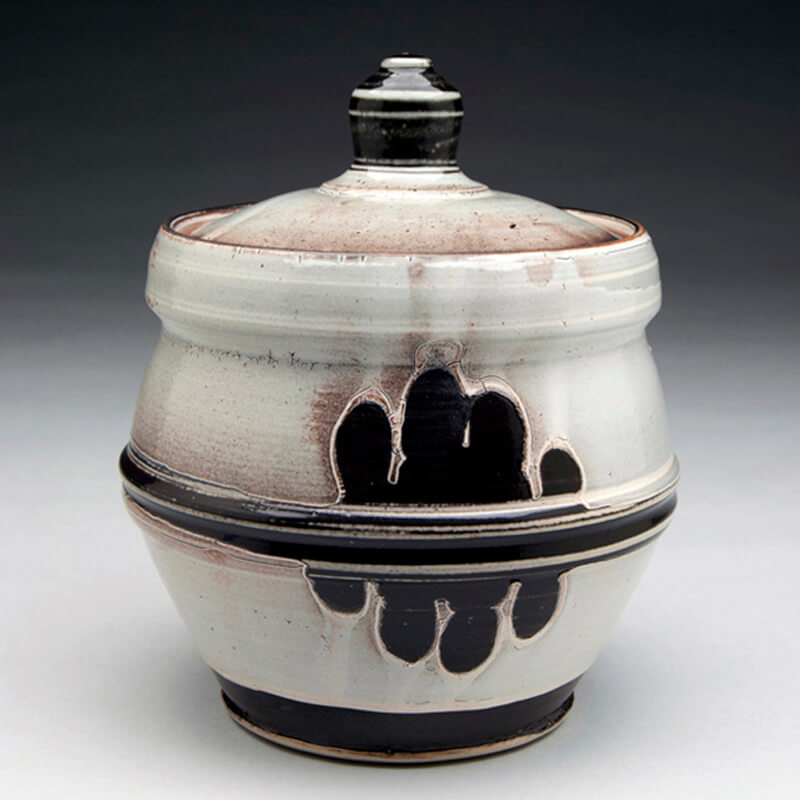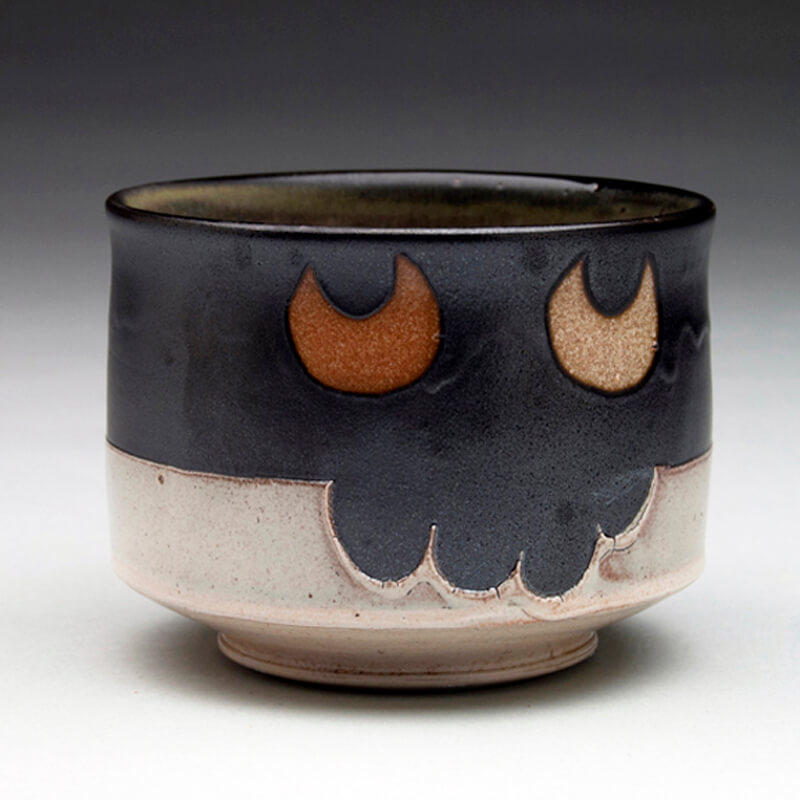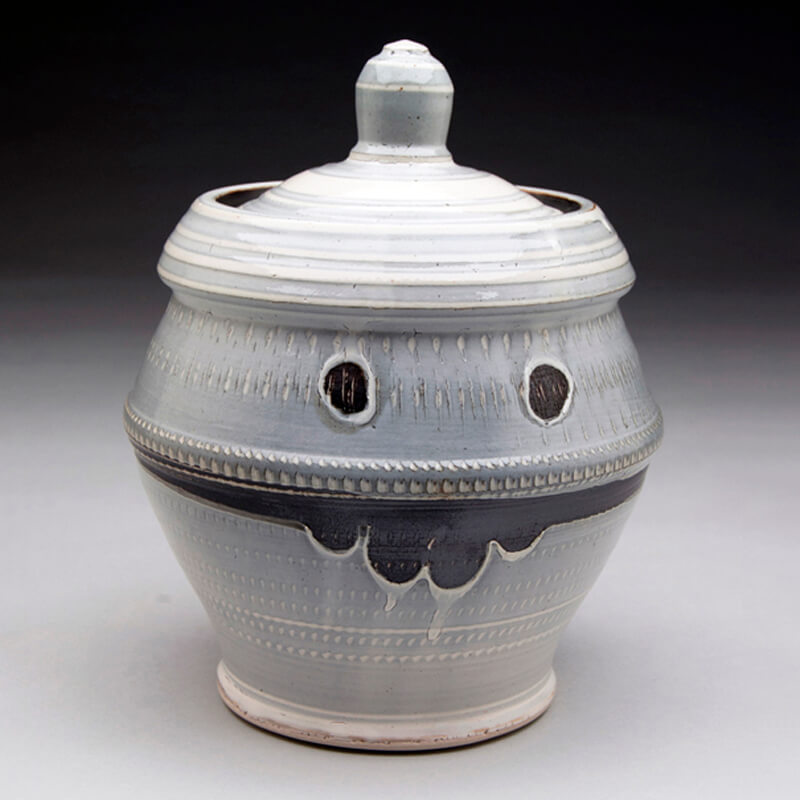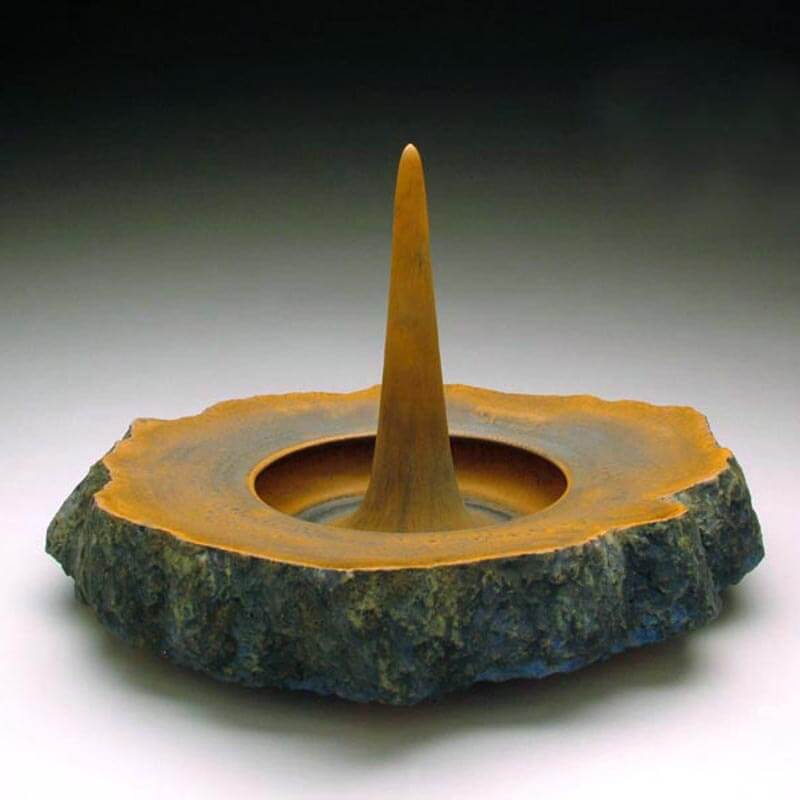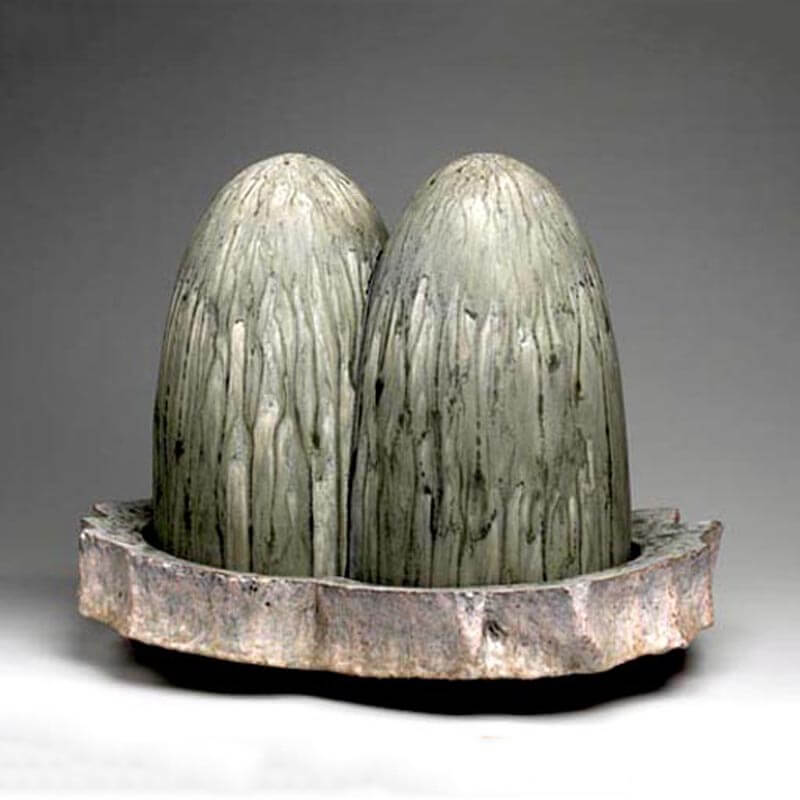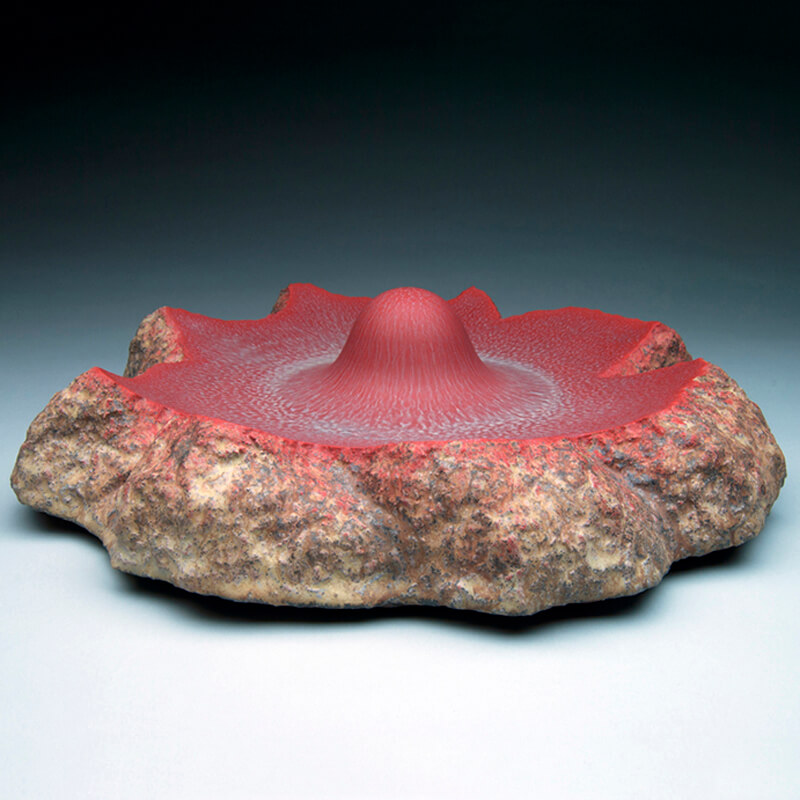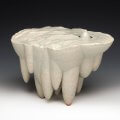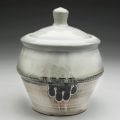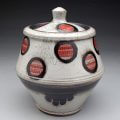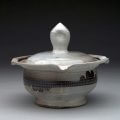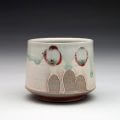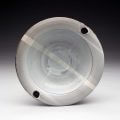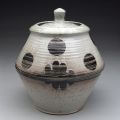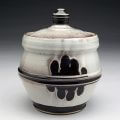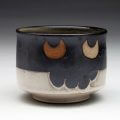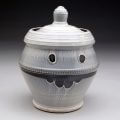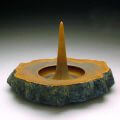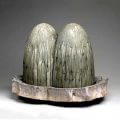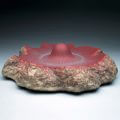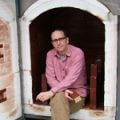
Red Lodge Clay Center – Short-Term Resident 2018
I grew up in Carbondale, Illinois and became interested in Ceramics while in high school, out of a kind of Emersonian desire for self-reliance. My father, a Geologist, taught the field course for SIU-C each summer near Red Lodge,Montana, and from an early age I was influenced by the scope and solitude of the mountains. I studied at Southern Illinois University Carbondale, the Kansas City Art Institute, and at Alfred University, where I received my MFA in 1999.
In addition to having been an artist in residence at the Archie Bray Foundation, the Northern Clay Center, and the Red Lodge Clay Center, I have also taught at the University of Texas at Austin, Penn State University, and currently teach in the ceramics area of Murray State’s department of Art and Design. My artwork includes both pottery and sculpture, and recent exhibitions include the solo shows, Mind-Matter at the McGlothlin Center for the Arts in Emory, Virginia (2020), Convergent Boundaries at Schaller Gallery in Baroda, Michigan (2022), and the group exhibition Facets at the Museum of Contemporary Art in Jacksonville, Florida (2023).
I have always had vivid dreams, and though I have never been a religious or superstitious person, I have always believed that my dreams had significance. The fact that there are large parts of myself that I can’t experience in waking life is deeply fascinating and disturbing to me, and it motivates much of my work as an artist. I think of the things I make as geological, biological and psychological relics, as if my mind were a site of excavation. Wet clay records the work of our hands and reflects the softness of our bodies as well as the plasticity of our thoughts. When we fire it, it becomes like a fossil—hard, dead and stony, but with the evidence of a time when it was soft and alive in someone’s hands. I am attracted to how clay can speak of our living bodies but at the same time of our mortality and of the span of geologic time.
I have long been fascinated by the unconsciousness; the hidden mental substrate that we all share. It’s the silent audience to our inner narration, a presence we can feel and see evidence of, but never view directly. In What It Is, Lynda Barry describes playing by herself as a child and the presence of something else “playing back.” I think this mysterious part of ourselves is critical to how we develop imagination and empathy. Heart of the Mountain, Roots of the Mountain is part of a series of works that are a meditation on these themes, but are also about memory, landscape and the body. This particular piece is an attempt to touch and honor a landscape I crossed as a child, and later as an adult.

